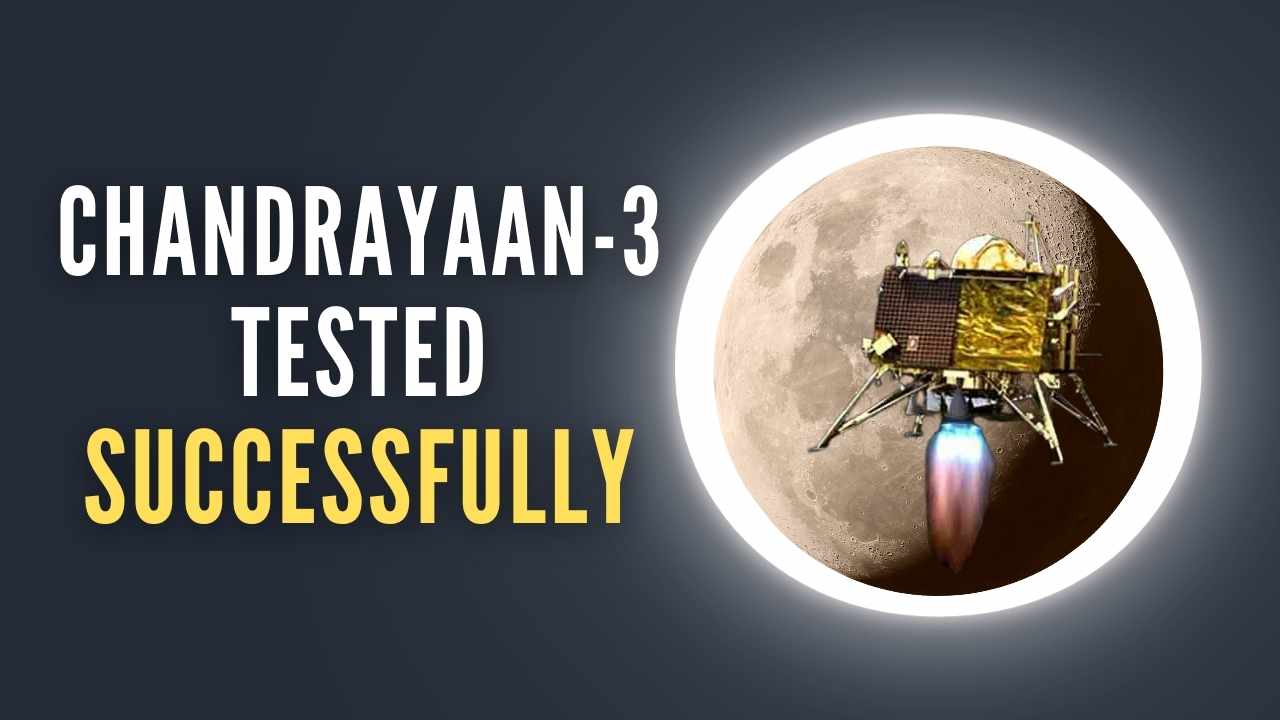What you need to know about Chandrayaan 3 moon landing for India
Russia and India were competing in a split-screen contest to be the first country to set foot on the south pole of the moon this week. But on Wednesday, all eyes were on India to see if its second attempt at a lunar landing was successful after Russia’s Luna-25 spacecraft crashed.
What is Chandrayaan 3?
India became the fourth country to set foot on the moon’s surface thanks to the success of the Chandrayaan-3 mission.
Last month, Chandrayaan-3, which is Sanskrit for “moon vehicle” in Hindi, was launched from the Bay of Bengal. If all goes according to plan, the unmanned spacecraft will launch a 60-pound, solar-powered rover to spend two weeks exploring the moon’s surface. According to the Indian Space Research Organization, the mission’s declared goals are to safely land on the moon, deploy a rover, and carry out scientific research.
Has India ever been to the moon?
Instead of a spacecraft landing, India’s Chandrayaan-1 mission in 2008 was an impact probe that proved essential in the identification of lunar water molecules.
In 2019, the nation attempted to land a spacecraft on the moon’s surface, however Chandrayaan-2 was unsuccessful since communication with the lander was lost just before touchdown. Prime Minister Narendra Modi remarked at the time, “We came pretty close, but we need to cover more terrain. “Our commitment to reaching the moon has only grown stronger.”
China, the United States, and Russia (formerly the Soviet Union) are the only countries to have successfully landed a spacecraft on the moon.
Why is everyone making another attempt to reach the moon?
A separate space race from the one that took place during the Cold War between the US and the Soviet Union is currently underway.
A number of nations, notably the United States and India with Chandrayaan-3, want to colonize the south pole of the moon where ice lakes may hold water for long-term habitation or serve as a type of refueling station for space travel. (Hydrogen and oxygen, which make up water, may be utilized as rocket fuel.)
